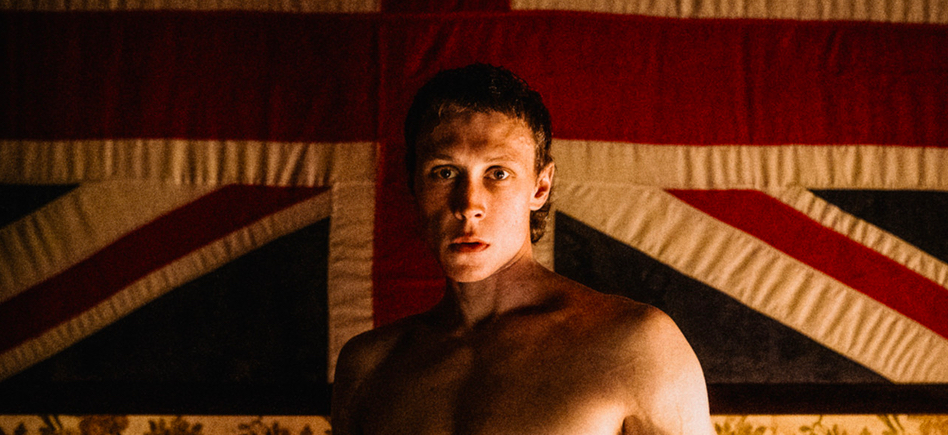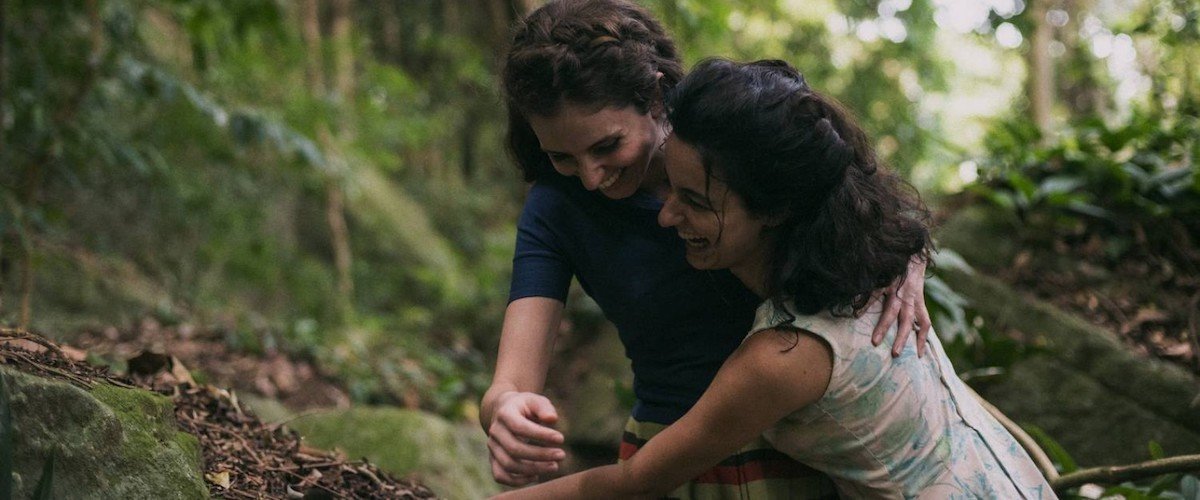Sputnik
by Hope Madden
For low-key, throwback sci-fi horror, Sputnik is a fine time.
A Russian film, Sputnik takes us back to Soviet Union circa 1983 in all its concrete walls, dirty snow and drab greys. Comrade Tatyana Klimova (a formidable Oksana Akinshina) is brought to a secret military facility to consult on a strange case: Cosmonaut Konstantin Veshnyakov (Pyotr Fyodorov) has partial amnesia and can’t fully explain his mission’s failure.
First of all, I love that these guys always call each other by their entire first and last names, usually with the prefix Comrade. It requires that they get right to the point, otherwise conversations would become just too long.
Little details like these, along with a convincingly oppressive set design and performances of understated perfection, convey the repressive, even terrifying conditions of the time. It’s a fascinating atmosphere to evoke when introducing something as wondrous and horrific as the film’s little monster.
That’s right, Cosmonaut Konstantin Veshnyakov did not return from space alone, but separating the Soviet hero from the alien visitor is proving very difficult.
Part Venom, part Alien and all manner of Russian, the film pulls in images and ideas that feel familiar—sometimes too familiar—but the execution maintains your interest.
Akinshina’s stoic and unimpressed doctor is at the center of a film concerned with heroism and adaptability. Comrade Tatyana Klimova carries with her an unerring and unemotional sense of what’s right, which is often at odds with the sense of purpose that drives this mission. It’s a solid emotional center for the film, but let’s be honest, who wants to see a monster movie unless there’s a cool monster?
There is! Director Egor Abramenko, working with FX and puppetry, creates something almost del Toro-esque. All phalanges, tail and teeth where teeth ought not be, the creature’s creepy design scores Sputnik plenty of points.
As true to the period as the subdued tone feels, it also robs the movie of a sense of urgency. But Abramenko weaves in elements of an indie drama that work better than they should to round out this picture of Soviet heroes and monsters.












